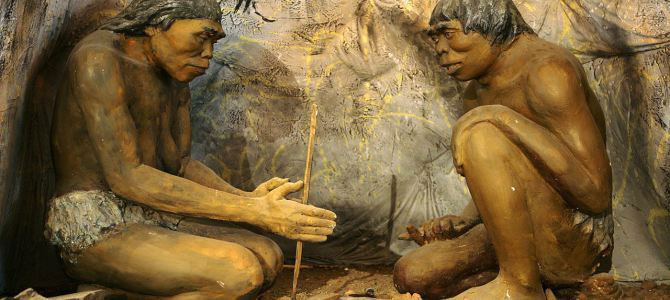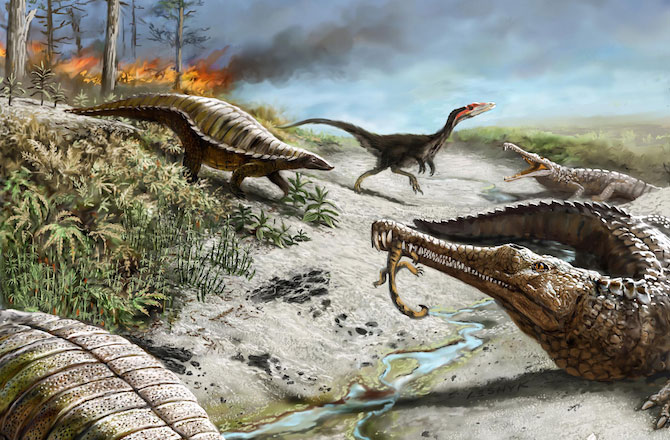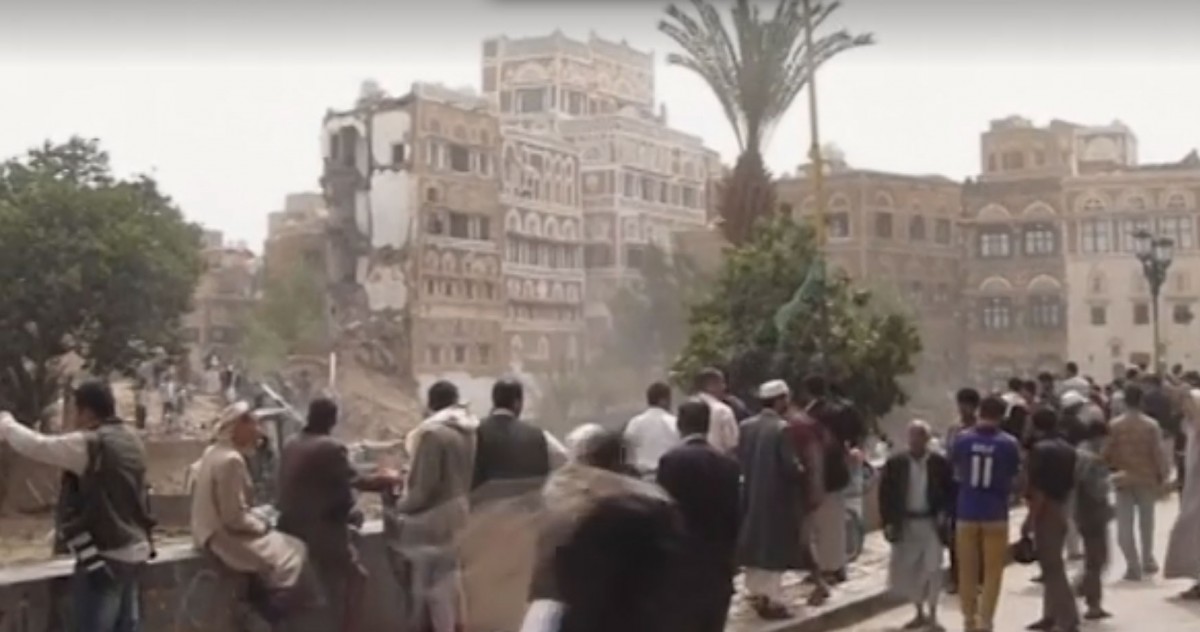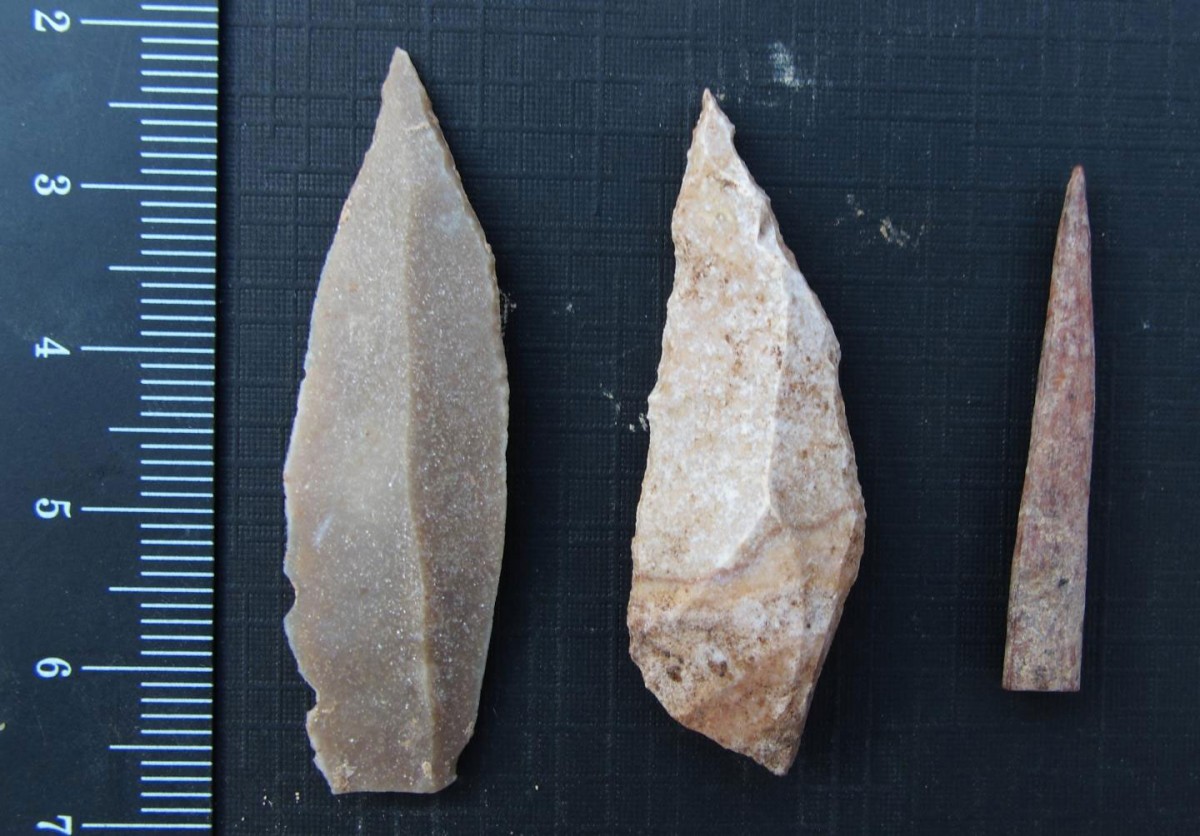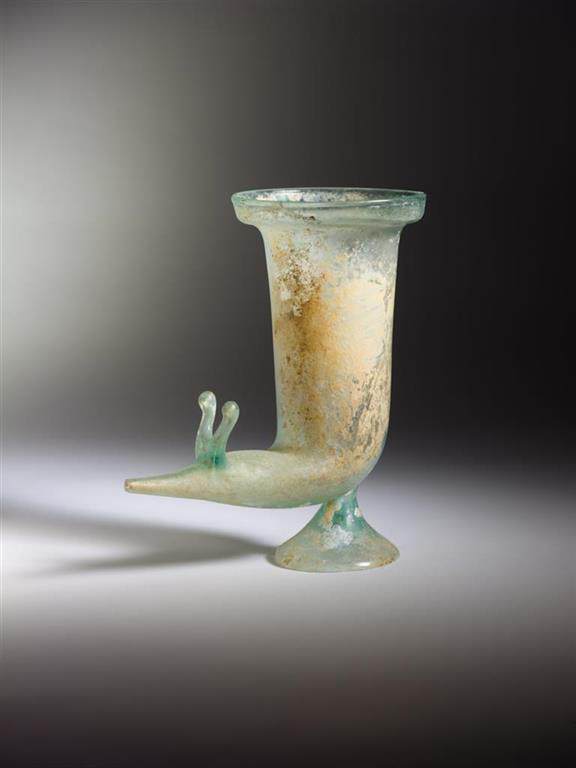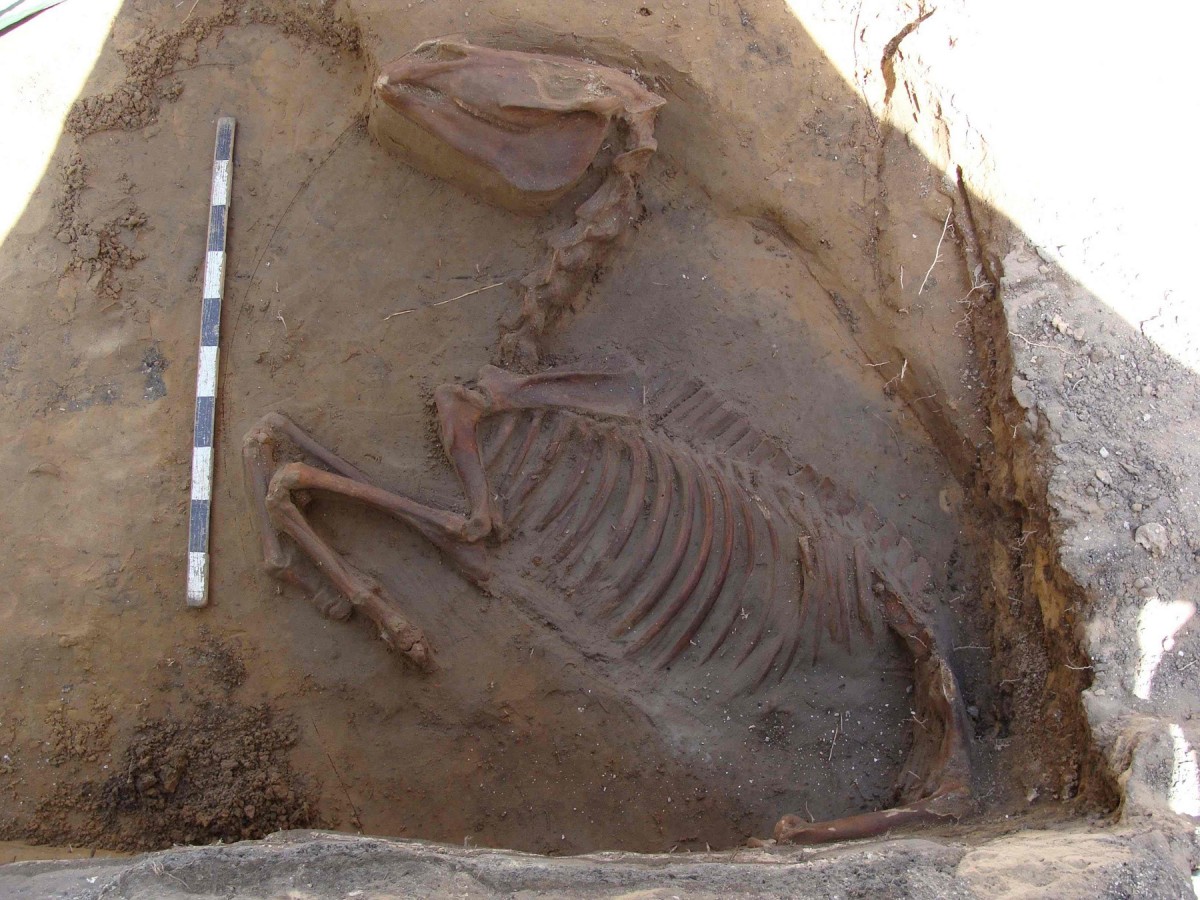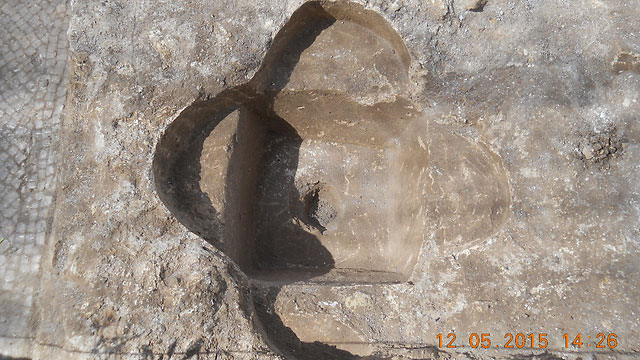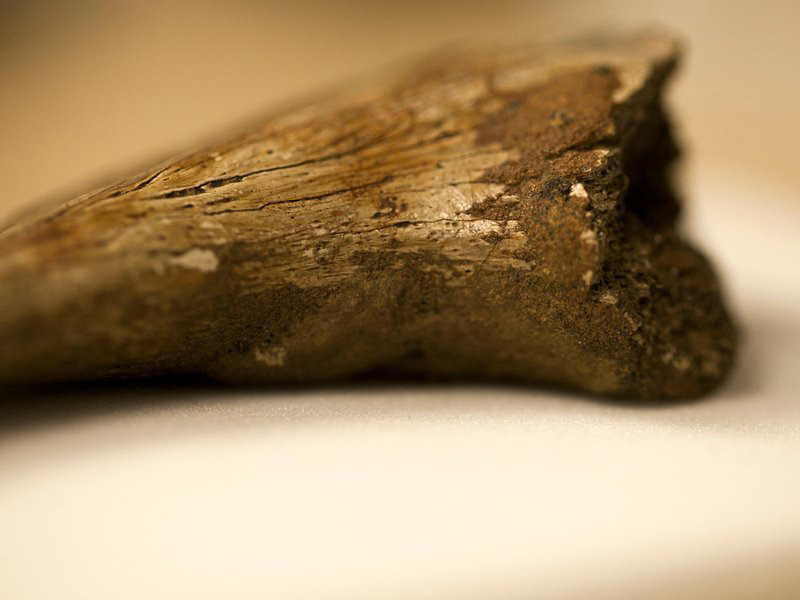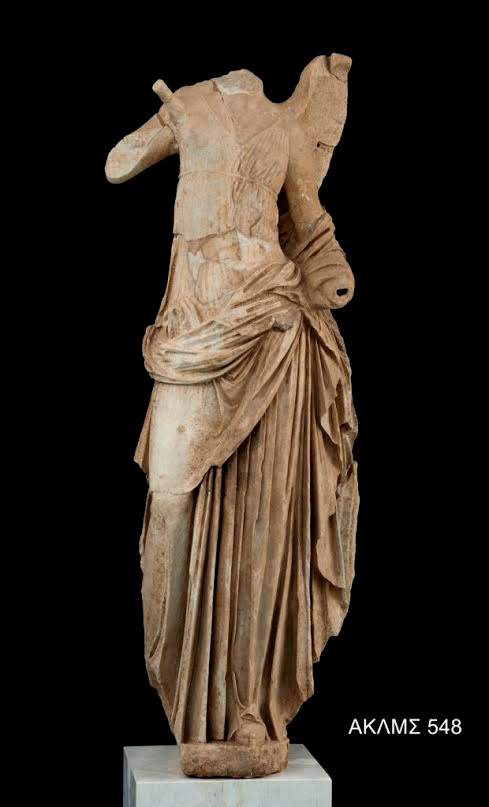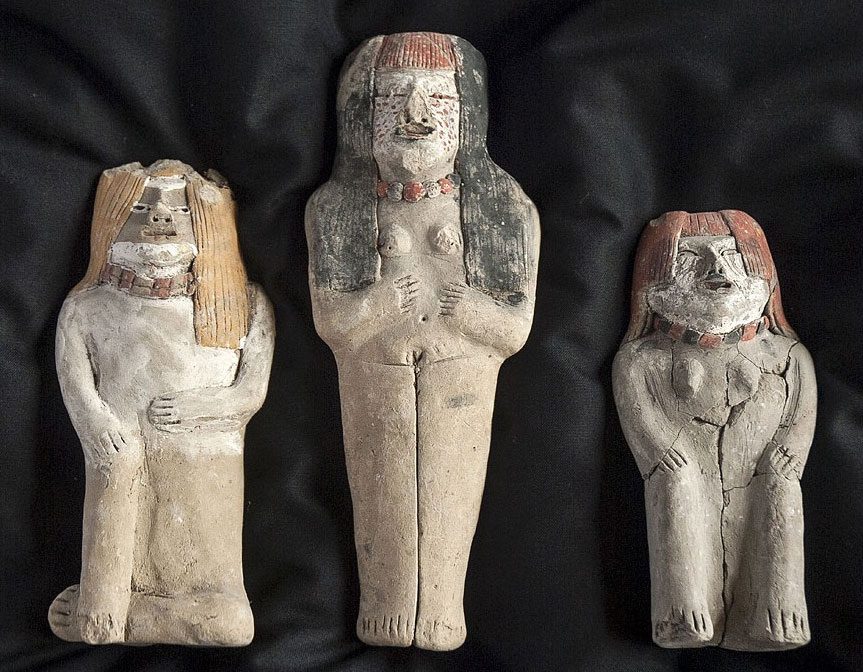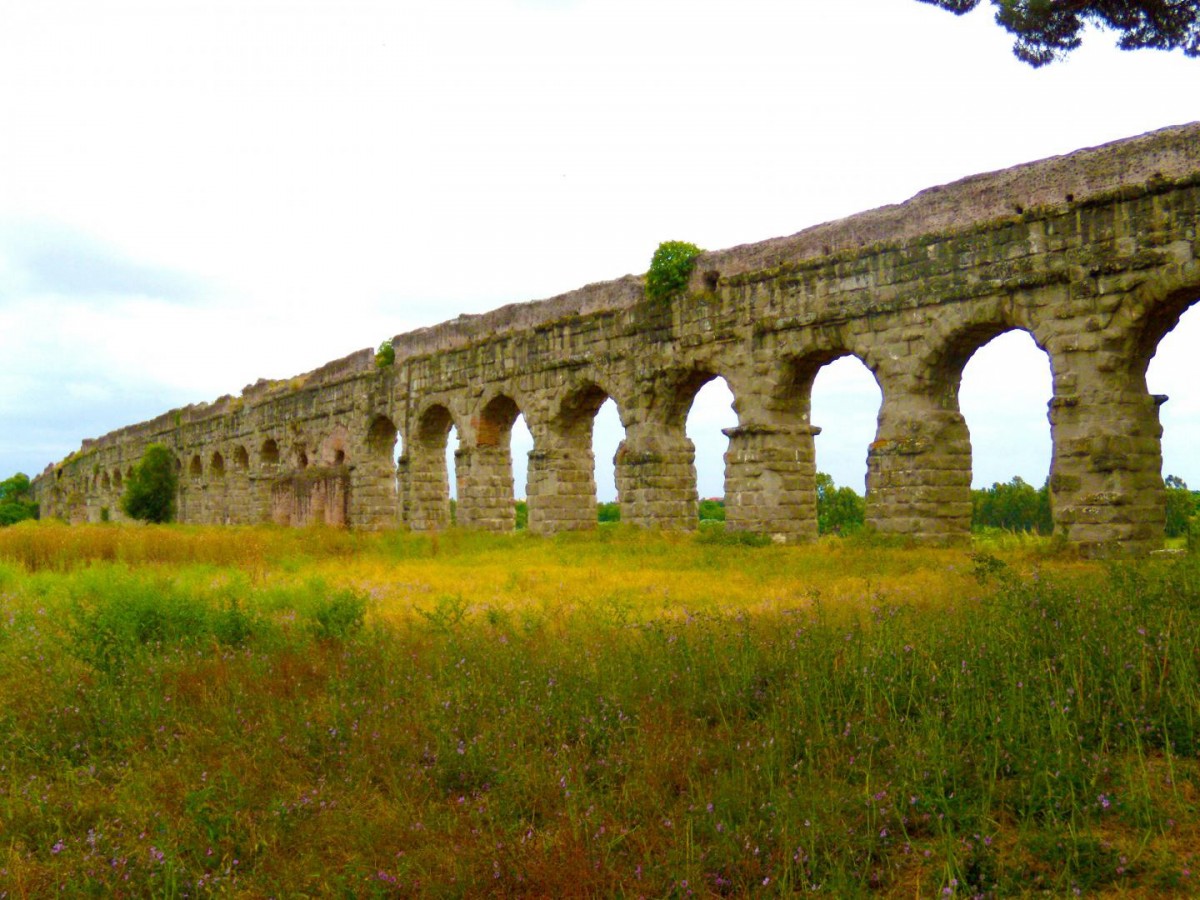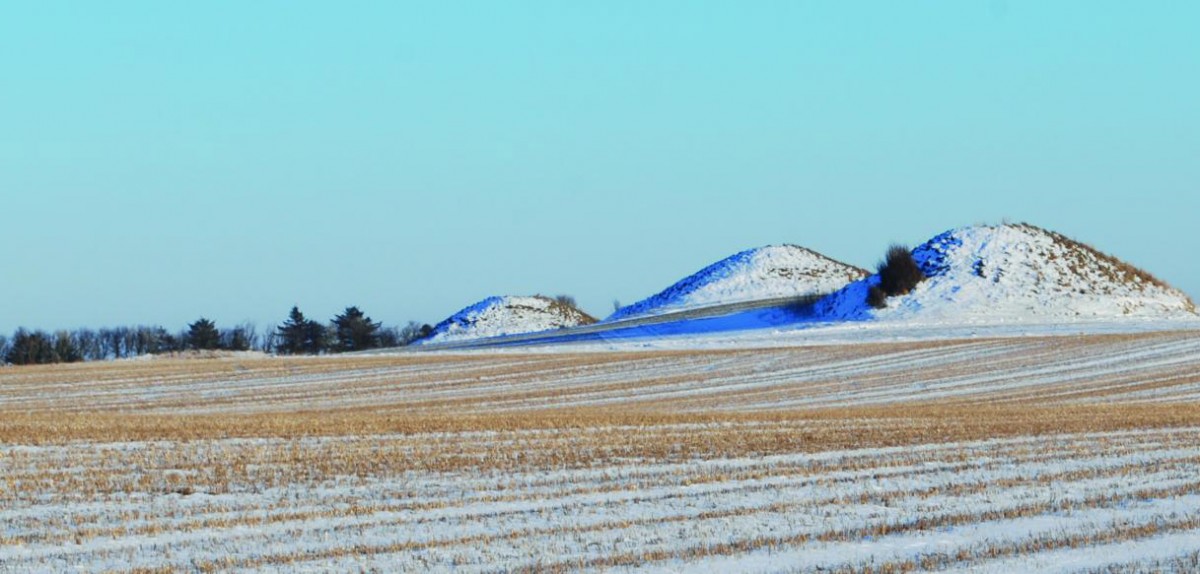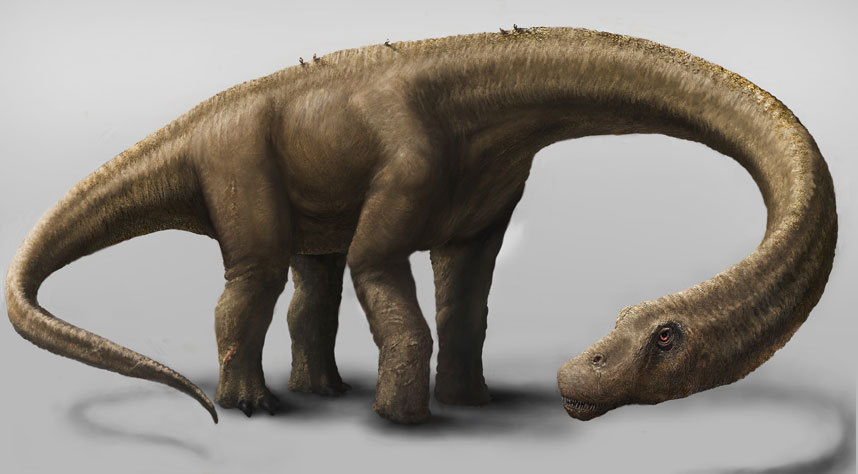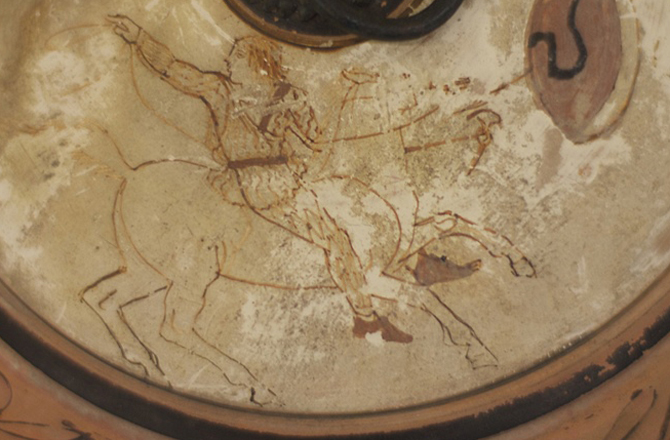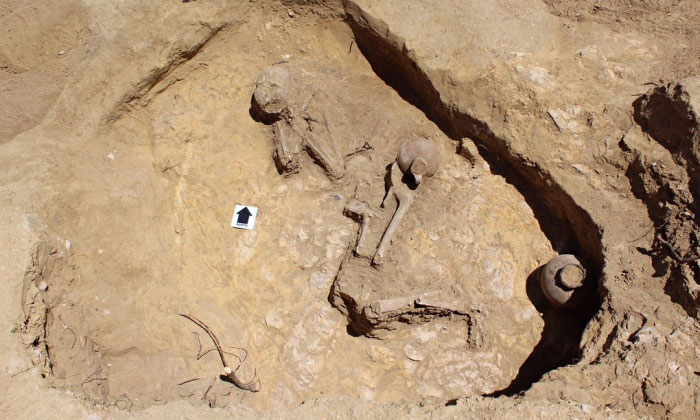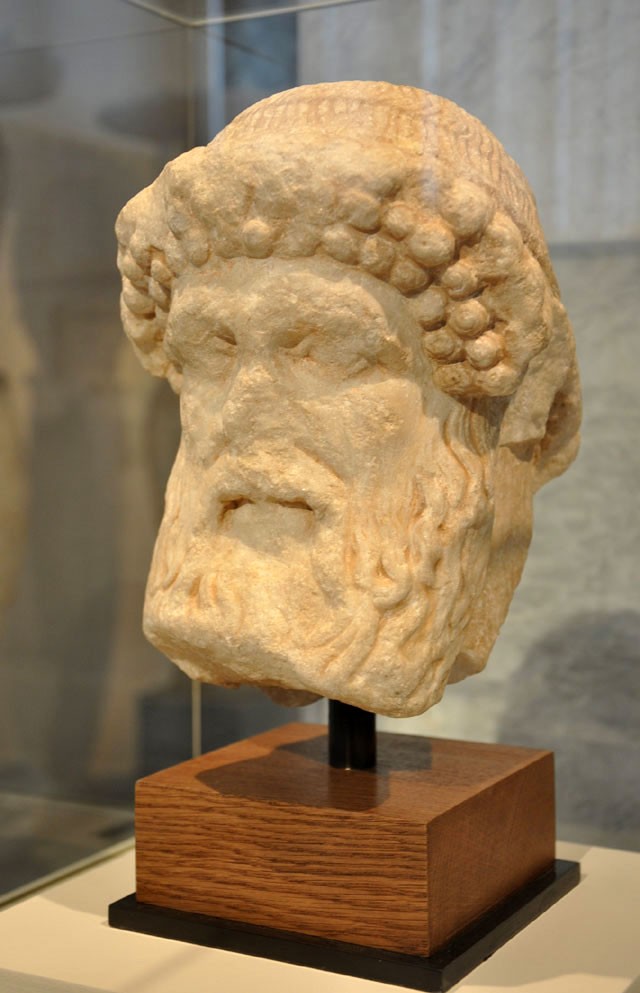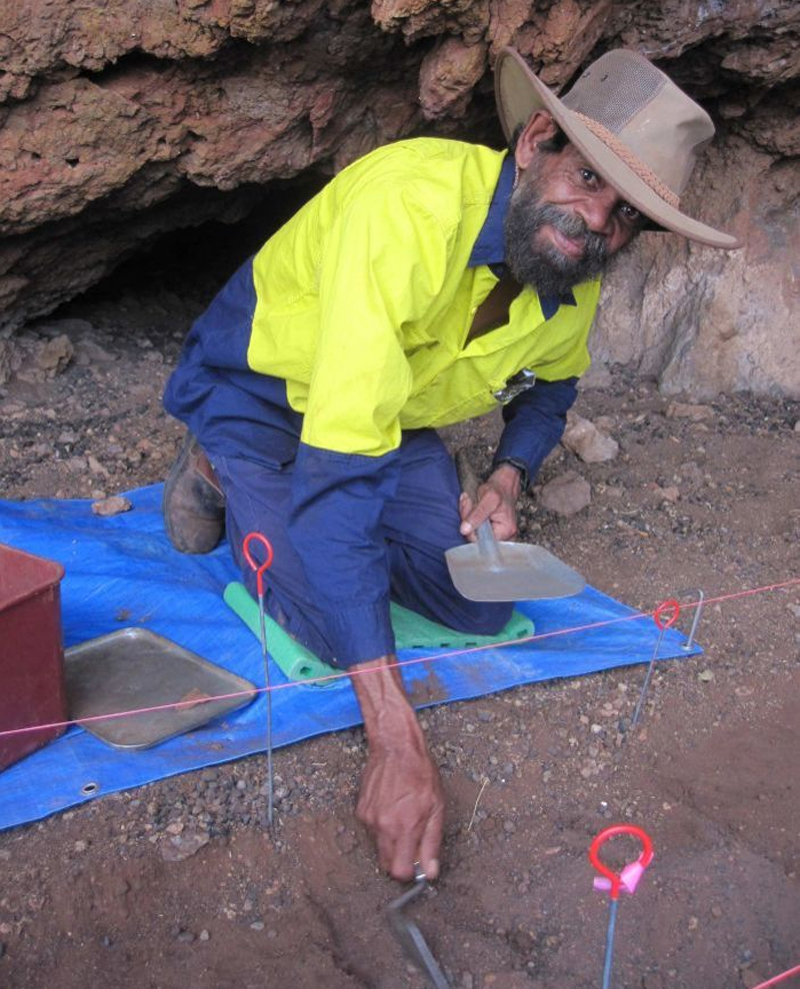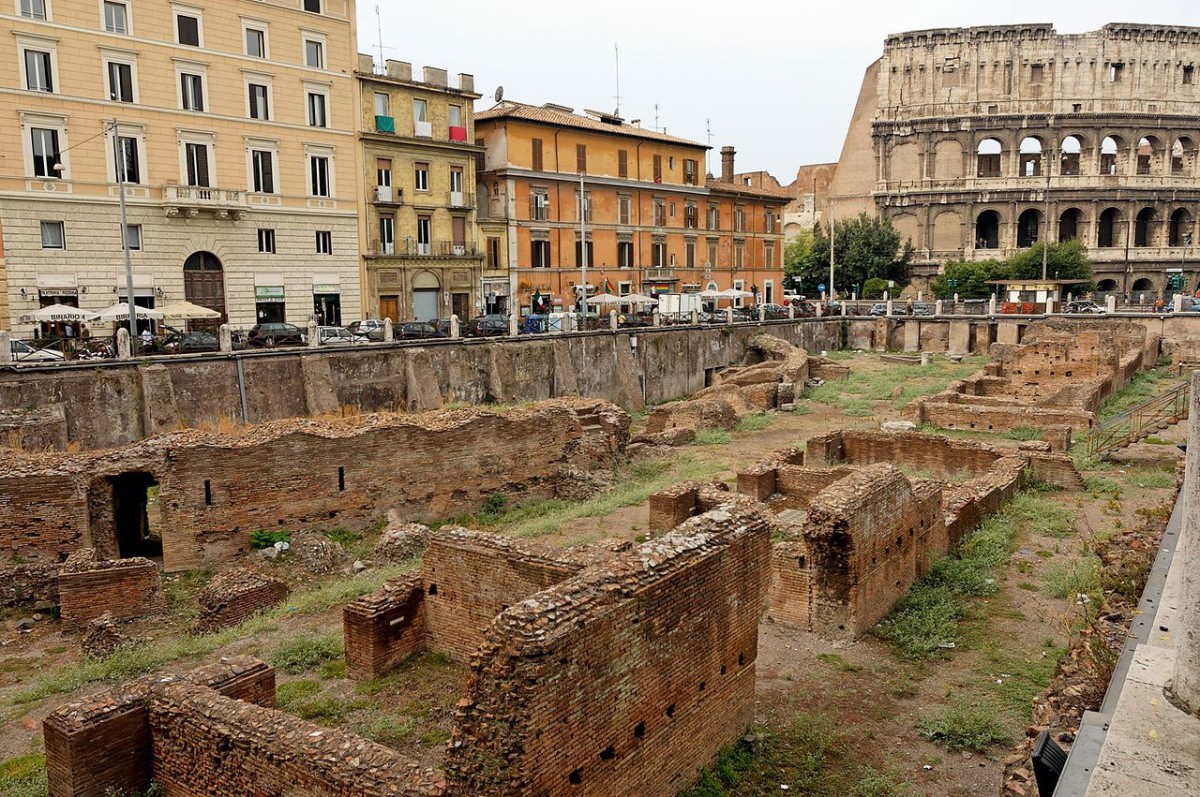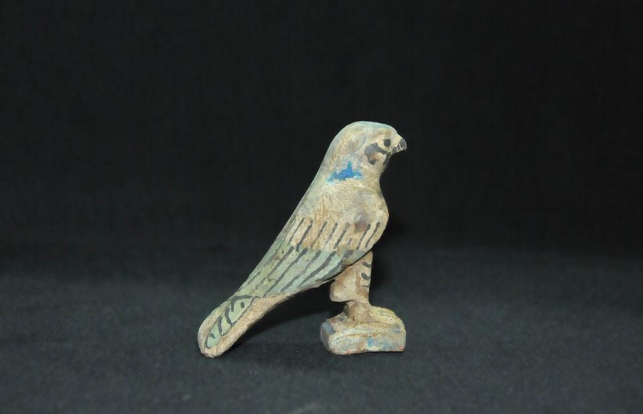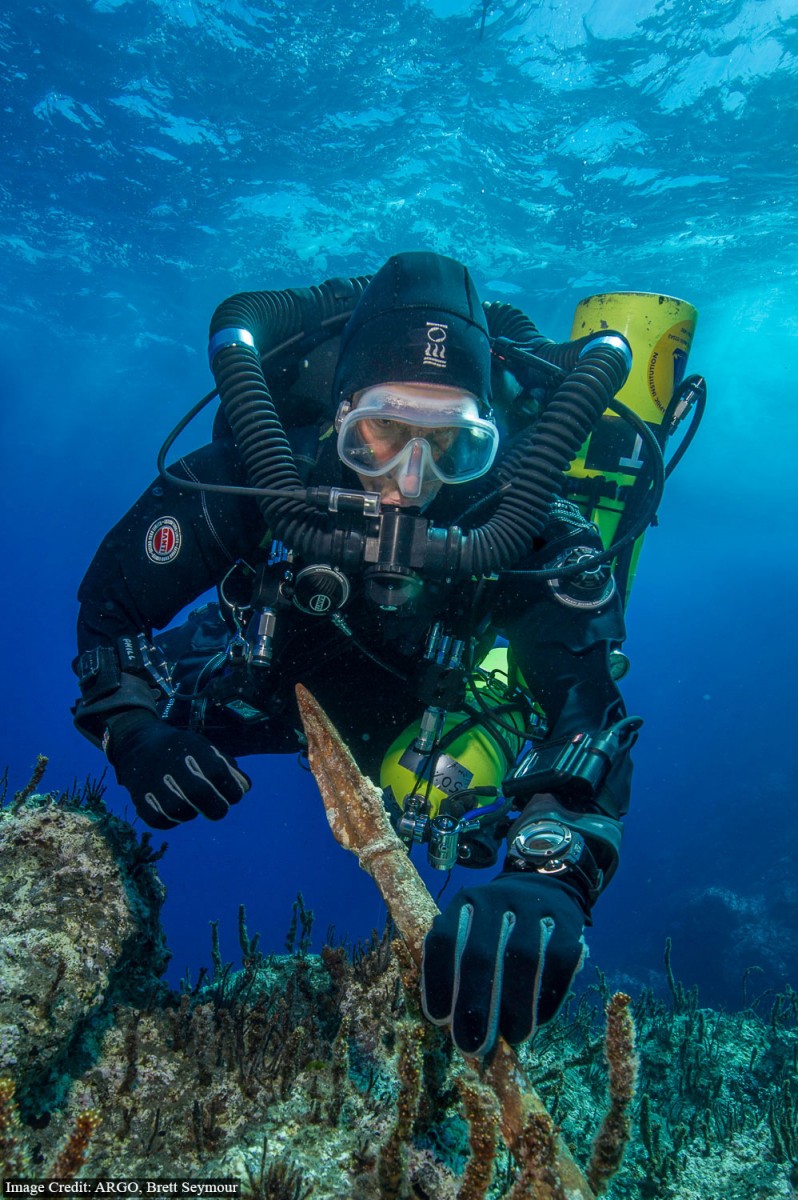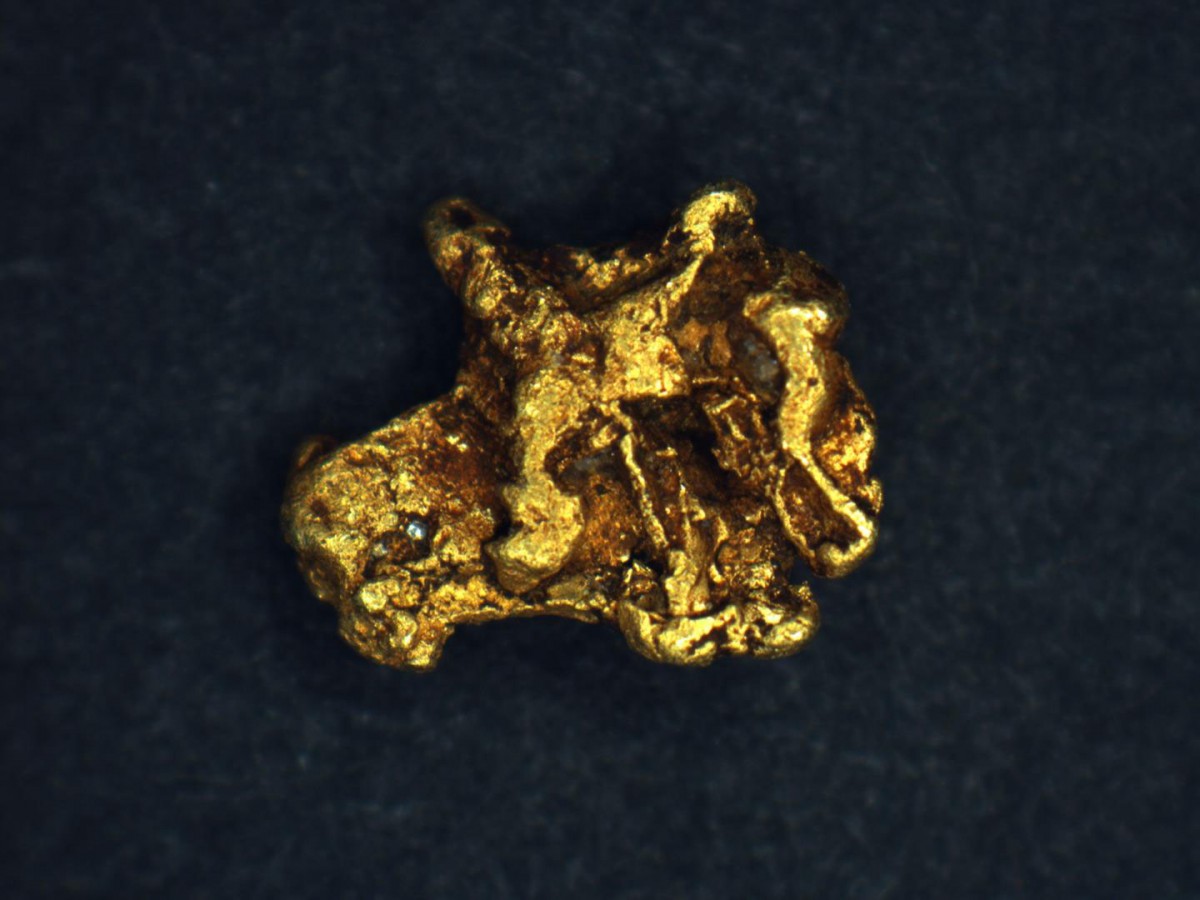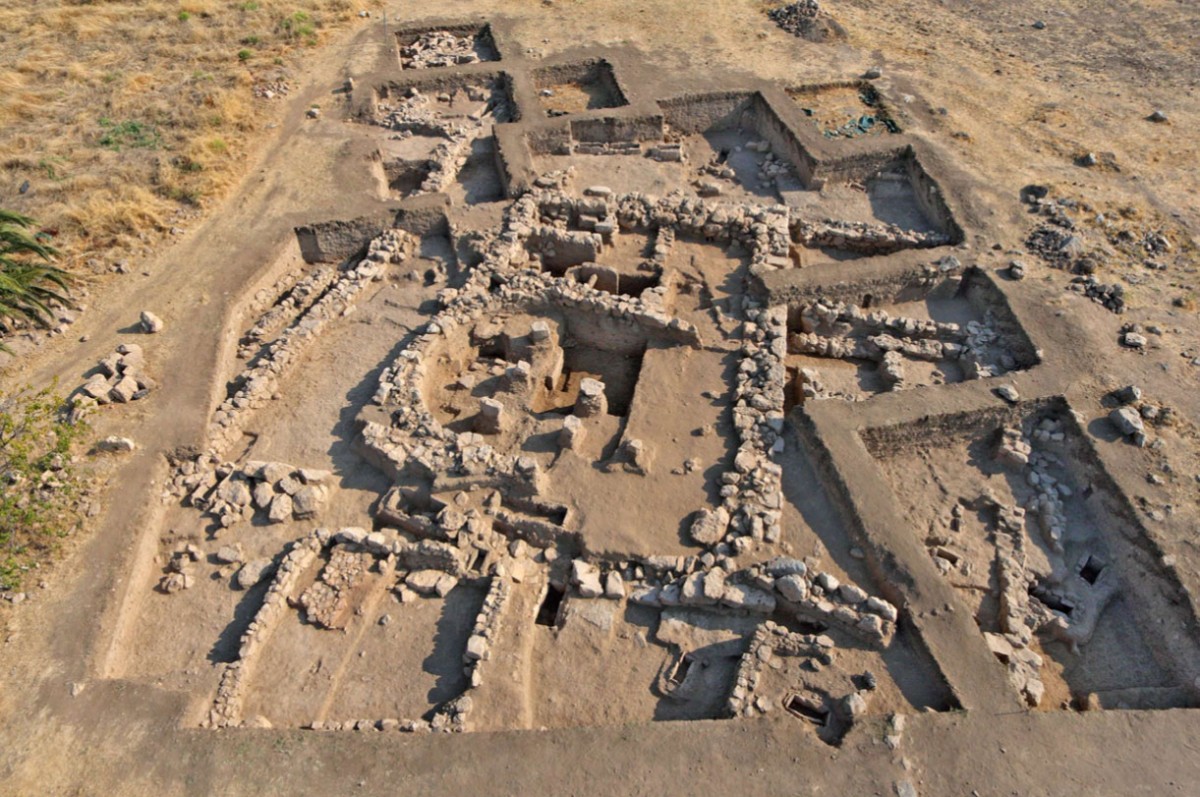Early ancestors turned disability into advantage
A new evolutionary theory explains how critically small populations of early humans survived, despite an increased chance of hereditary disabilities being passed to offspring.
Big dinosaurs steered clear of the tropics
First study to provide a detailed look at climate and ecology during the emergence of the dinosaurs.
UNESCO condemns destruction of World Heritage site of Sana’a
In the early hours of 12 June 2015, the Old City of Sana’a, a UNESCO World Heritage site, was hit by a bombing raid. Several houses and historic buildings were destroyed, causing human casualties.
Stone tools from Jordan point to dawn of division of labor
Thousands of stone tools from the early Upper Paleolithic, unearthed from a cave in Jordan, reveal clues about how humans may have started organizing into more complex social groups by planning tasks and specializing in different technical skills.
The Museums of Israel portal launched
The new national museum portal is a gateway that allows the general public around the world to simply, easily and quickly access the collections of Israel’s museums online on any computer, tablet or Smartphone.
Intact horse burial unearthed in colonial St. Augustine
While excavating ahead of the construction of a new restaurant in downtown St. Augustine (Florida), city archaeologist Carl Halbirt uncovered a late eighteenth-century horse burial.
Byzantine church found in Israel
Israel Antiquities Authority have announced that highway workers found ruins of a 1,500-year-old Byzantine way station and church outside the town of Abu Ghosh.
Dinosaur fossil investigation unlocks possible soft tissue treasure trove
Scientists have found remnants that have some similarities to red blood cells and collagen fibres in fragments of dinosaur fossils.
The Acropolis Museum celebrates its 6th birthday
On the occasion of its sixth birthday, the Acropolis Museum will commence a series of exhibitions from regional Greece so that exceptional archaeological finds in remote museums can be brought to Athens and presented to a large Greek and foreign audience.
Caral civilization figurines unearthed in Peru
Three Caral civilization figurines and two clay heads were discovered in Peru, inside a reed basket in a building located within the ancient city of Vichama.
Travertine reveals ancient Roman aqueduct supply
The Anio Novus aqueduct supplied the Eternal City with 370 gallons of water each second, researchers found out.
When modern Eurasia was born
Was it a massive migration? Or was it rather a slow and persistent seeping of people, items and ideas that laid the foundation for the demographic map of Europe and Central Asia that we see today?
Scientists downsize the giant ‘Dreadnoughtus’ dinosaur
Scientists at the University of Liverpool have shown that the most complete giant sauropod dinosaur, Dreadnoughtus, discovered by palaeontologists in South America in 2014, was not as large as previously thought.
What rabbits can tell us about Neanderthal extinction
The way rabbits were hunted and eaten by Neanderthals and modern humans may offer vital clues as to why one species died out while the other flourished.
The archaeological gaze on CERN
A nuclear physicist and an archaeologist at the University of York have joined forces to produce a unique appraisal of the cultural significance of one of the world’s most important locations for scientific inquiry.
Amazon spotted on Attic pyxis
An Amazon depicted on an Attic white-ground pyxis was accidentally noticed by a scholar doing research in the University of Mississippi Museum.
Aksumite and Roman artefacts discovered in Ethiopian grave
British archaeologists have discovered 2,000-year-old treasures from the first and second centuries. The artefacts offer a connection between the Roman Empire and the Aksumite kingdom.
Repatriation of Hermes head
The repatriated Hermes head, withdrawn from a Bonhams auction last October, was presented yesterday in the National Archaeological Museum in Athens.
Evidence of oldest human occupation in Mid-West of Western Australia discovered
A rock shelter in the Weld Range provides evidence of the oldest human occupation in the Mid-West region of Western Australia, a research project partnered between The University of Western Australia and Wajarri Traditional Owners has discovered.
Gladiator passageway under Colosseum to be restored
The underground tunnel connecting the Colosseum arena with Gladiator barracks could now be restored thanks to donation from the Kuwait government.
Six Late Period tombs at the Aga Khan Mausoleum
Six Late Period tombs (26th Dynasty) came to light at the Aga Khan Mausoleum perimeter, west of Aswan, during excavations by the Egyptian Mission in Aswan and Nubia.
Five more years at Antikythera
The Central Archaeological Council of Greece gave the team the green light to continue its investigation for the next five years.
Archaeologists discover evidence of prehistoric gold trade route
Archaeologists at the University of Southampton have found evidence of an ancient gold trade route between the southwest of the UK and Ireland.
From the Corridor House Civilization to the Mycenaean Palaces
Dr Aleydis Van de Moortel will be presenting her paper "From the Corridor House Civilization to the Mycenaean Palaces: Social Practice as a Key to Understanding Societal Changes at Mitrou", in the framework of the Mycenaean Seminar series.
